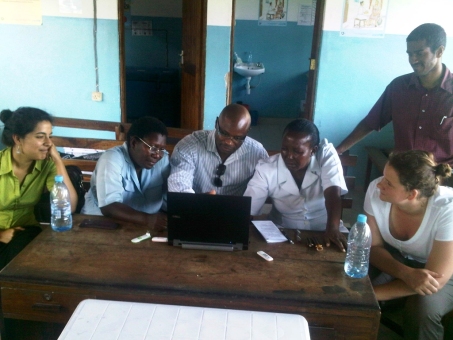All of us live in places that are continuously modified by human intervention, which we call construction and infrastructure. We’ve evolved various rules and regulations around this process, because it effects us all and it tends to last — concrete doesn’t fade away and isn’t easily removed.
Let’s say you write code for a living. Every day you stare at a screen that looks like some variation of this:

Can you tell if there’s a bug here?
How about here?

Some problems are easier to notice than others. Software problems tend to be hard to notice, because the lines of code don’t sag, or rot or squeak when you walk on them. The letters and numbers look just the same.
This is why Open Source works so well. Given Enough Eyeballs All Bugs are Shallow: Turns out tens of thousands of developers of highly varying levels of expertise and commitment do better over time than hundreds of excellent developers working full time for Microsoft or similar companies. I think the reason is the obscure nature of software, which demands many observers to spot the problems.
If you think about it, that’s how transparency is supposed to work in general, this is the reasoning behind various freedom of information initiatives— Sunlight is the Best of Disinfectants is really another way of putting it.
Back to construction — it’s not working out so great. You’ve probably spent time in places that are just not comfortable to be in, or unsafe or plain ugly. There are a lot of reasons for this, one of which is that a lot of money can be made if you bend the rules a little bit, and the rules usually aren’t that hard to bend since most people don’t understand them and the building permit process is often complex and conducted away from the public eye using jargon understood by few.
OpenTABA is an project I’ve been co-leading within the Public Knowledge Workshop, an Israeli organization similar to Code for America or Open Knowledge International. Our goal is to bring more eyeballs into the building process. For now, we do it by at least making the permits themselves (TABA is a Hebrew acronym for “building permit”) more visible. On a map:

Or in a feed that can power a Facebook or Twitter page:

The idea is to put planning data inside your daily feed of cat photos, news and friend updates, and this way get more eyeballs on the process and catch the planning equivalents of software bugs before they turn into steel and concrete we’ll be stuck with for decades or more.
